About BNG
What is Biodiversity Net Gain?
As an outcome of the 2021 Environment Act, Biodiversity Net Gain (BNG) requires developers of homes, businesses and infrastructure in England to deliver a minimum 10% increase in biodiversity compared to what was on site before development, in order to achieve planning approval.
With the UK being one of the most nature-depleted countries in Europe, BNG is a crucial part of the government’s strategy to halt biodiversity loss. From **February 2024**, it is mandatory for large-scale developers in England, with smaller developments following later.
At Nattergal, we are excited about this new initiative as it not only aligns to our own mission to restore Nature, it also creates an additional funding source to enable our projects – and biodiversity – to thrive.
How does BNG work?
BNG is measured using the DEFRA Statutory Biodiversity Metric 4.0, which assesses:
Habitat size
Condition
Distinctiveness
Strategic significance
Developers must calculate biodiversity loss and ensure a minimum 10% net gain (some Local Planning Authorities may require more). The mitigation hierarchy prioritises:
Avoiding ecological damage
Minimising*impacts
Onsite BNG delivery
Offsite compensation (if necessary)
If offsite compensation is needed, developers can buy BNG units from projects within the same Local Planning Authority (LPA) or National Character Area (NCA). Units from further away require more land due to a spatial multiplier, increasing costs.
Where Does BNG Take Place?
Onsite: Preferred method—developers enhance biodiversity within the project site.
Offsite: If onsite gains aren’t possible, developers buy units from habitat restoration projects.
Requires a legal agreement (e.g., Section 106 or conservation covenant).
Land must be managed for biodiversity for at least 30 years.
Statutory Credits: A last resort if no other options exist.
Benefits of BNG
BNG delivers advantages for both people and nature:
Increased biodiversity and habitat connectivity.
Better access to green spaces, improving mental and physical well-being.
Enhanced ecosystem services, including flood management, carbon storage, and cleaner air.
Greater climate resilience for wildlife and landscapes




